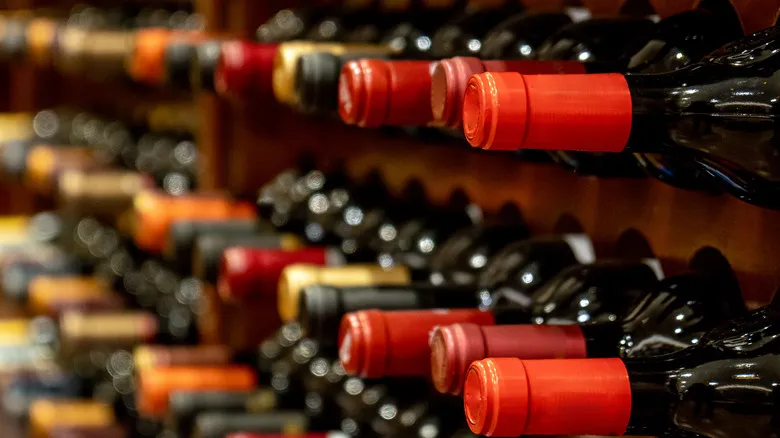Where reserve gets complicated
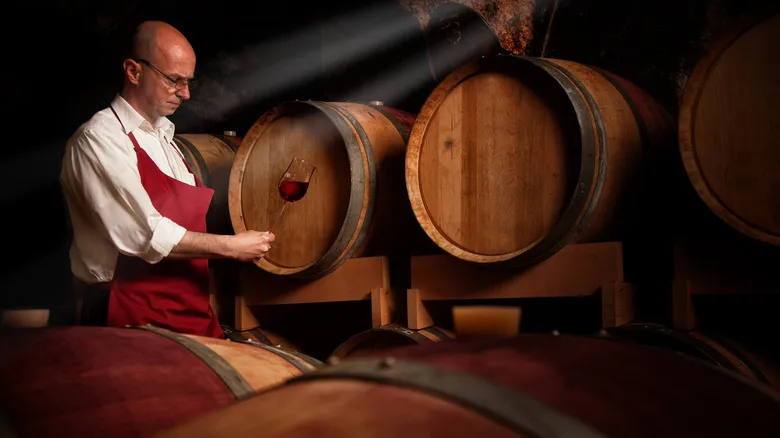
If you think that all wines labeled as "reserve" are guaranteed to be exceptional, you might be mistaken. Some critics have labeled the term as "meaningless" because its definition isn't always clear. In certain wine-producing regions, such as Australia, the term lacks a specific meaning, allowing it to be used on any bottle—often with a more elaborate label—as a marketing strategy to enhance its appeal or justify a higher price.
Conversely, some countries, particularly in Europe, have established regulations regarding the term. For instance, in Spain, "reserva" red wines must be aged for a minimum of three years, with at least one year spent in an oak barrel (while white wines require two years of aging). There are also additional classifications like "gran reserva," each with its own set of rules. However, it's important to note that having these labels does not guarantee high quality; it's still possible to produce a subpar wine and simply age it long enough to qualify for the "reserve" designation. Nevertheless, one can reasonably expect that such wines are at least above average, as aging generally enhances a wine's quality.
What to look for in a reserve wine

Although the "reserve" label might suggest a higher quality wine, it's advisable to conduct some additional research before making a purchase. Consider the wine's country of origin; if it's from regions like Australia, the U.S., or France, where "reserve" lacks a legal definition, take that label with caution. In contrast, Spain, Italy, and Portugal have regulations that lend more credibility to the term. However, there are other indicators to assess a wine's quality beyond the often unreliable "reserve" designation.
Start by looking for more specific information on the bottle. For instance, if the label states the aging duration or mentions oak aging, that's a positive sign. Additionally, seek out the term "estate" on the label, which indicates that the wine is made entirely from grapes sourced from a single winery. This suggests that the producer is confident in the wine's quality and takes full responsibility for its production—though it's not a foolproof guarantee, it can serve as a helpful hint. If you have the opportunity to taste the wine, a genuine reserve should exhibit a smooth texture, a more refined flavor and aroma, and a softer red hue. Lastly, if you're at a winery or a store with knowledgeable staff, don't hesitate to inquire about the reasoning behind the "reserve" label on a particular wine.
Recommended
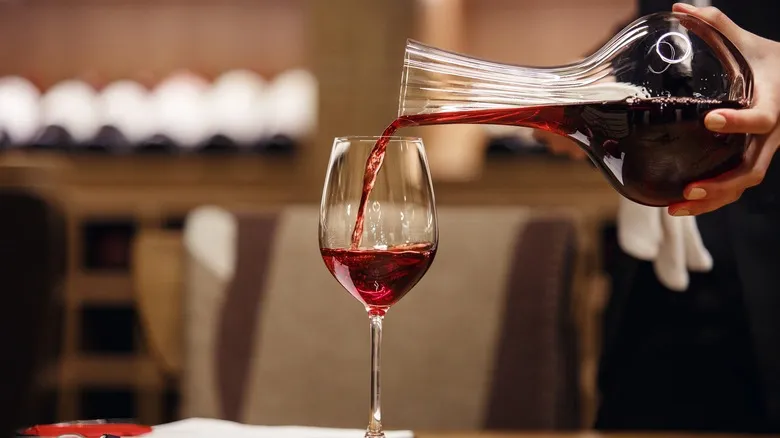
What Is A Wine Decanter And Who Actually Needs One?
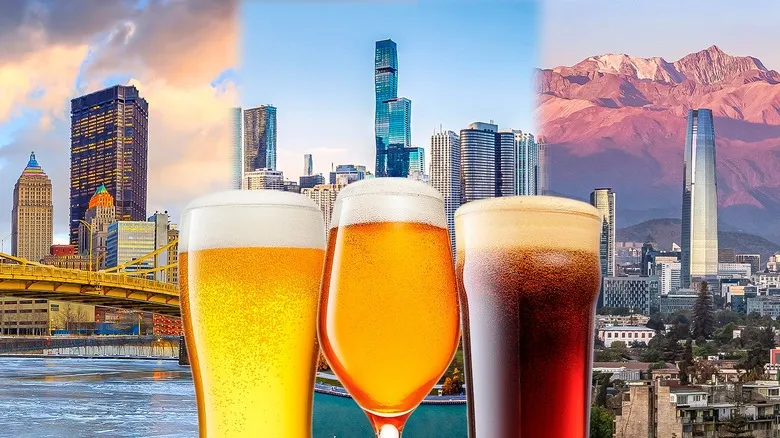
12 US Cities Every Beer Lover Should Visit
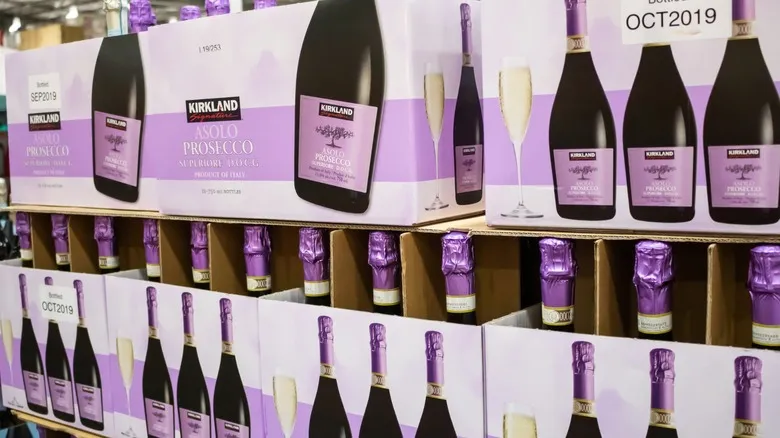
Why Costco's Kirkland Brand Prosecco Is A Big Deal

One Mistake To Resist When Pairing Wine With Salmon
Next up

